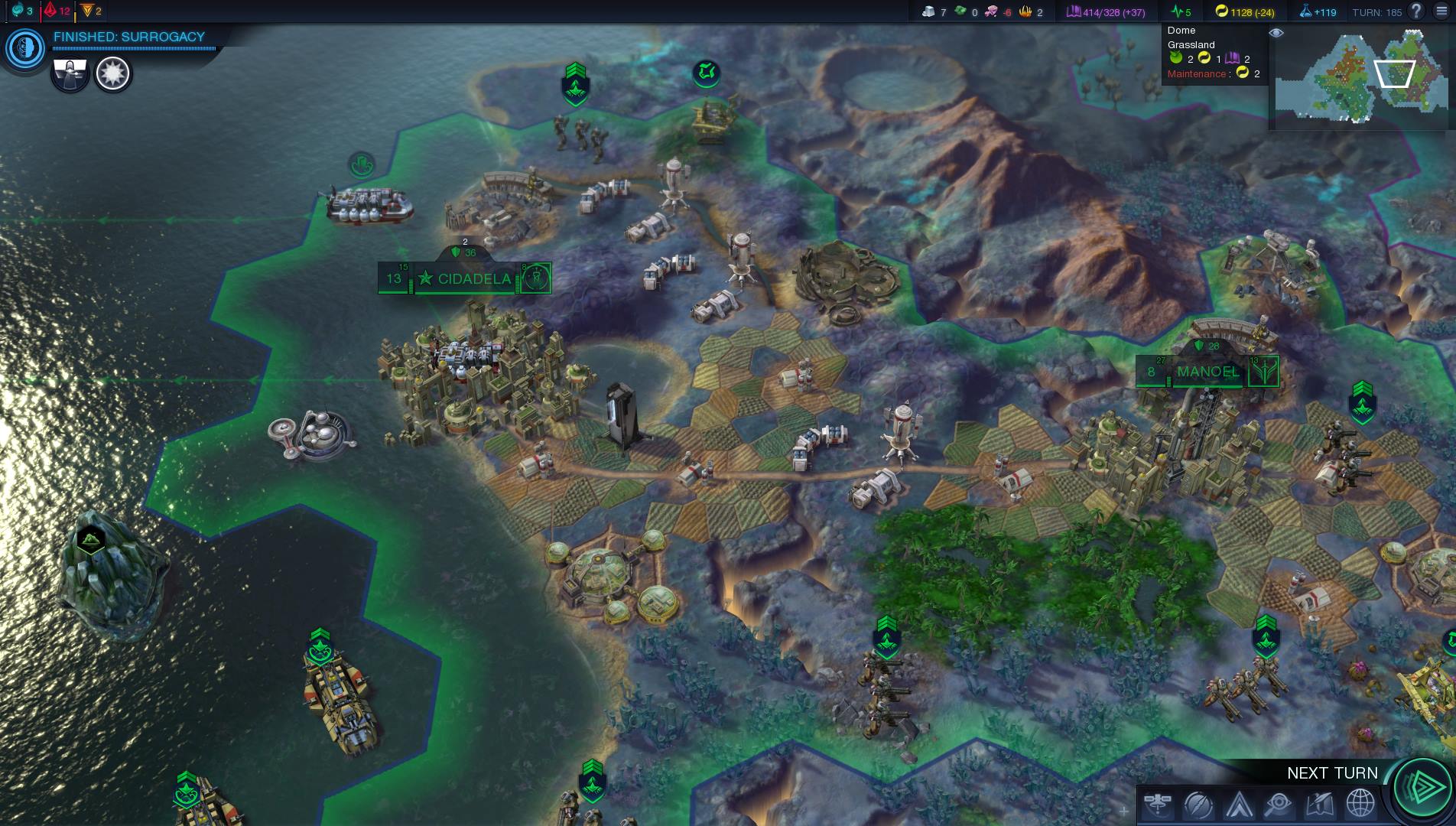

Happily, game developers and the GPU companies seem to be considering other approaches to delivering an improved experience with multi-GPU solutions, even if they don't over-inflate FPS averages. AMD and Nvidia have worked hard to keep CrossFire and SLI working well for their users, but we at TR only recommend buying multi-GPU solutions when no single GPU is fast enough for your purposes.
#ANDROID CIVILIZATION BEYOND EARTH BACKGROUNDS DRIVER#
AFR is fragile, requires tuning and driver support for each and every game, and doesn't always deliver the experience that its FPS results seem to promise. Frame metering intentionally adds latency to some frames in order to smooth out delivery, and AFR itself requires deeper queuing of frames, which also adds latency.Īt the end of the day, this collection of problems has conspired to make AFR-and multi-GPU schemes in general-look pretty shaky. Inserting a rendering scheme like AFR with frame metering into the middle of that feedback loop is a bad proposition. If that process takes too long, the user may get vertigo and go all a-chunder. In a similar vein, virtual reality headsets like the Oculus Rift are extremely sensitive to input lag, the delay between when a user's head turns and when a visual response shows up on the headset's display. It's further complicated by variable display refresh schemes like G-Sync and FreeSync that attempt to paint a new frame on the screen as soon as it's ready. But frame pacing is imperfect and, depending on how a game's internal simulation timing works, may lead to perfectly spaced frames that contain out-of-sync visuals. AMD has attempted to fix this problem by pacing the delivery of frames to the display, much as Nvidia has done for years with its frame metering tech. We've chronicled this problem in our initial FCAT article and, most extensively, in our epic Radeon HD 7990 review. The timing of frames processed on different GPUs can go out of sync, causing a phenomenon known as multi-GPU micro-stuttering. Unfortunately, AFR doesn't always do as good a job of improving the user experience as it does of improving-or perhaps inflating- average FPS scores. Both triangle throughput and pixel processing benefit from giving each GPU its own frame. AFR does a nice job of dividing the workload between GPUs so that everything scales well for the benchmarks. This technique is known as alternate-frame rendering (AFR). Frame one goes to GPU one, frame two to GPU two, frame three back to GPU one, and so on. What's more interesting is how AMD and Firaxis have tackled the thorny problem of multi-GPU rendering in Beyond Earth.īoth CrossFire and SLI, the multi-GPU schemes from AMD and Nvidia, handle the vast majority of today's games by divvying up frames between GPUs in interleaved fashion. But average FPS numbers won't tell you about gameplay smoothness or responsiveness. That's all well and good, I suppose (although *ahem* the R9 290X they used has 8GB of RAM). They've even provided a nice bar graph with average FPS showing AMD in the lead, like so: Predictably, AMD and Firaxis report that Mantle lowers the game's CPU overhead, allowing Beyond Earth to play smoother and deliver higher frame rates on many systems. Most notably, Firaxis and AMD have ported the game to work with AMD"s lightweight Mantle graphics API. The folks at AMD have been working with its developer, Firaxis, to optimize the game for Radeon graphics cards. The next installment in Sid Meier's Civilization series, Civilization: Beyond Earth, comes out tomorrow.


 0 kommentar(er)
0 kommentar(er)
